For a brand with such a homespun image, it’s surprising – at least to me – to note how many Vauxhalls have gone on to become classic cars. But then again I’ve heard it argued that the Prince Henry of 1911 was the first proper sports car and I know from personal experience that a 1920s 30-98 is as good as any rival vintage Bentley. More recently there were HS Chevettes, droop snoot Firenzas and of course the Holden-based Monaro about which I shall be writing another time. But in terms of purity of design and execution, few get close to the rather unloved VX220.
And that’s the thing. Because the VX220 was unpopular when new, sales were slow and it survived just five years in the marketplace. And for the same reason attrition has been high ever since, which is why, as I write, and according to the excellent howmanyleft.co.uk website, just over 700 VX220s survive on UK roads today.

I’m not sure how many Lotus Elises are still out there because, to be honest, I got bored counting, but it’s certainly on the far side of 4000. And I just don’t think people appreciate how rare the little Vauxhall is or prices would surely be higher than they are: around £17,000 for a low-miles car and it doesn’t appear to matter much whether it’s early 2.2-litre naturally aspirated car or the later, heavier, but more powerful 2-litre turbo model. Just don’t get your hopes up for finding a high performance, track tuned VXR220: howmanyleft records suggest there’s just one in the country clinging to a tax disc…
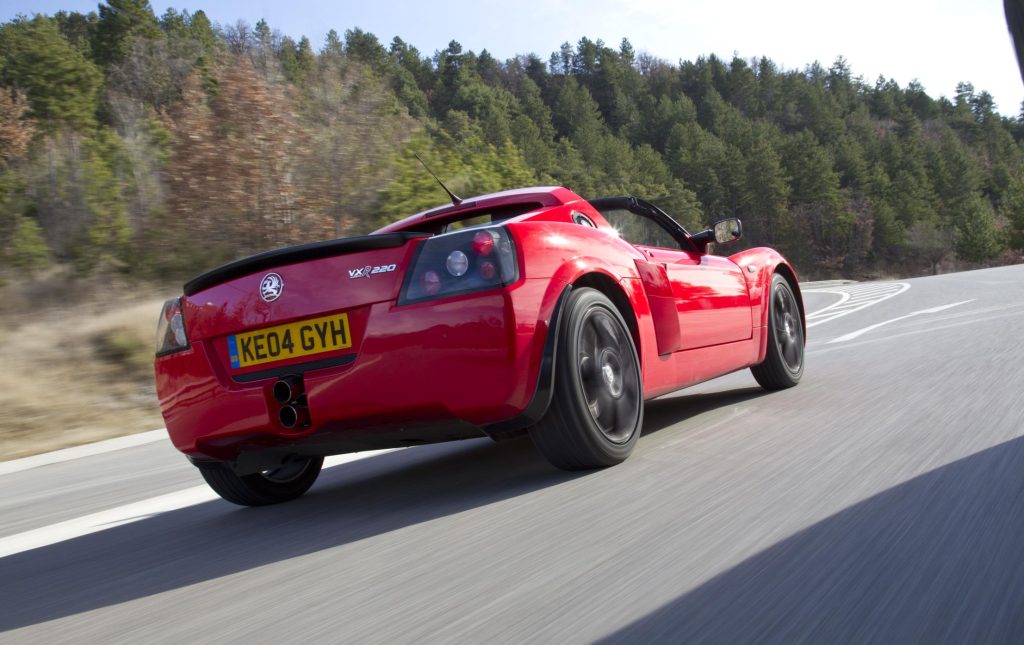
No matter. It was quite inevitable that the VX220 would always live in the shadow of the Elise that begat it. Indeed it owes its very existence to the little Lotus. Not only was it built by Lotus – though with far fewer common parts than you might imagine, less than 10 per cent by volume in fact – the reason it was created was as part of a contra-deal between Lotus and Vauxhall’s then owner General Motors. In short, impending crash legislation meant that the Lotus had to substantially re-engineer the Elise but couldn’t afford the bill. So GM offered to pony up so long as Lotus developed a similar car for GM. Hence the VX220 or, outside the UK, Opel Speedster.
But because this was to be a GM product, the high ups mandated it not only looked completely different to the Elise, but was rather more user friendly, mandating a longer wheelbase for more cabin room, a driver’s airbag, and anti-lock brakes. And GM wasn’t about to use the same Toyota engine as Lotus was going to adopt for the Elise, so it slotted in its own twin-cam, four cylinder motor instead.
On merit, it should have sold wildly better than it did. To drive it was just like a slightly more civilised Elise. It was more comfortable, the roof was easier to install and remove and the torquey powertrains needed an awful lot less stick-stirring than the peaky Toyota motors used by Lotus. Because it was easier to live with, it should have been easier to convince one’s other half of the wisdom of buying it too.
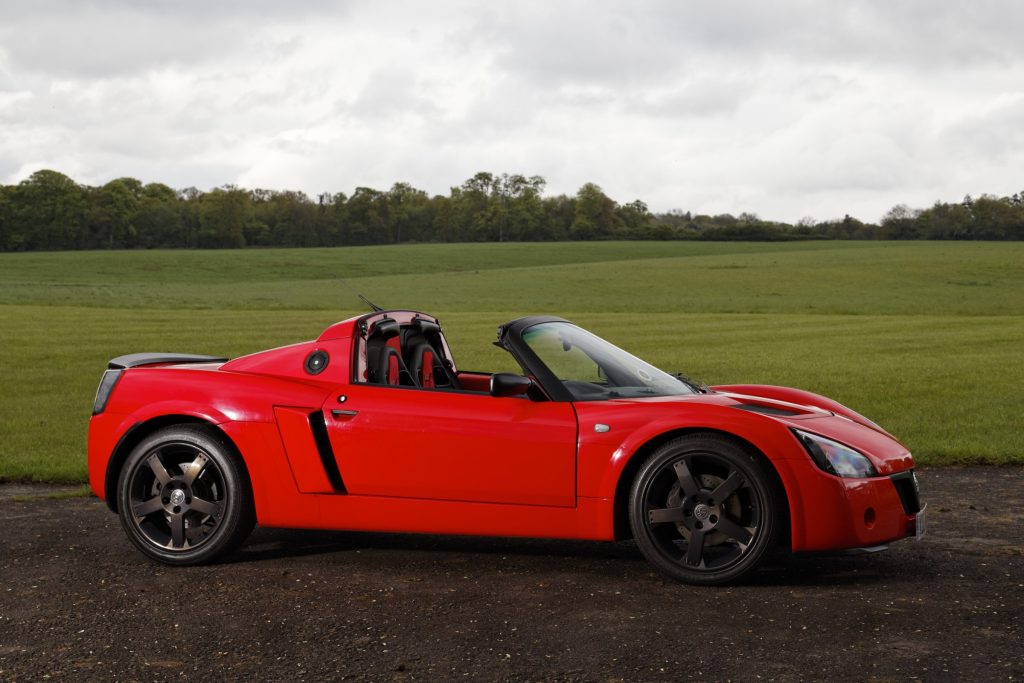
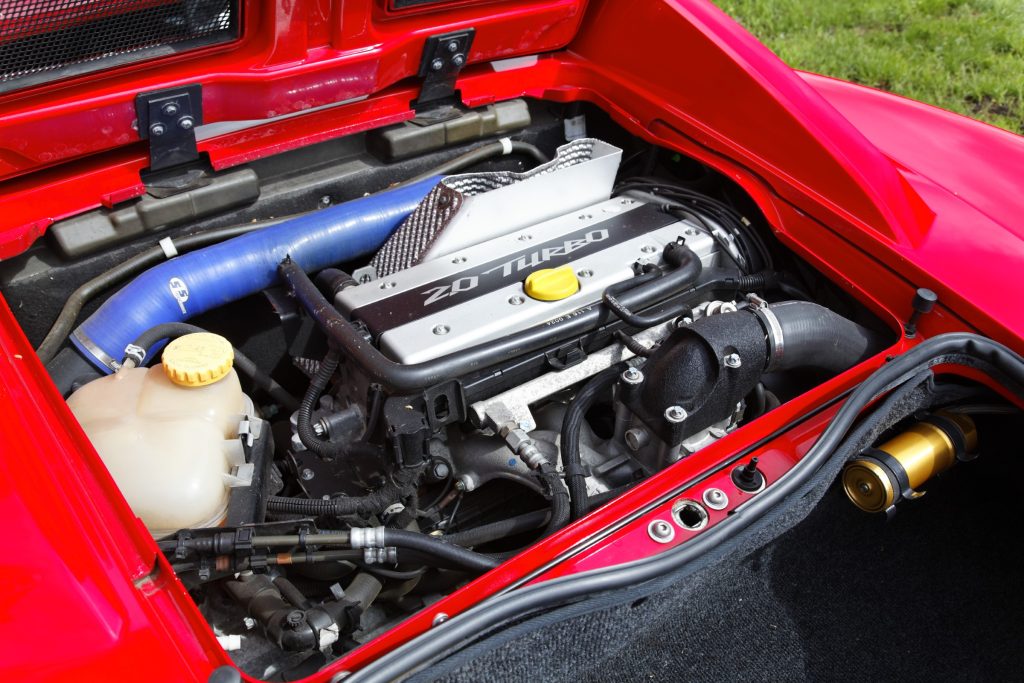
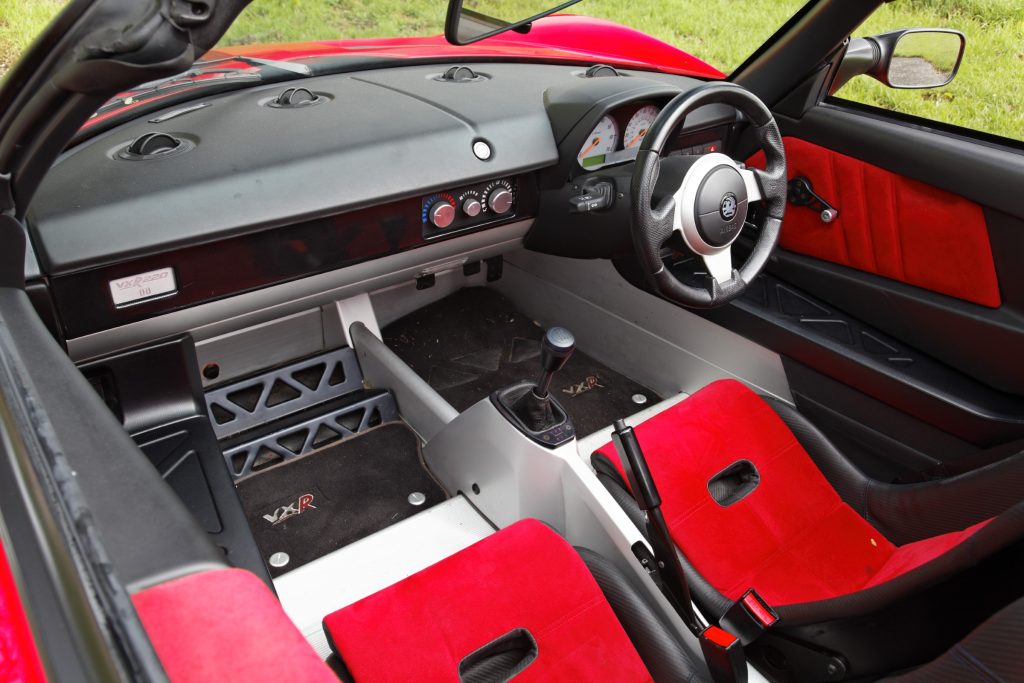
But you wouldn’t expect it to drive like an Elise, would you, not when it was heavier and with suspension tuned to a specification provided by Vauxhall. But actually? For most people most of the time it was just as good – a little more stable, a touch less agile perhaps. It had sublime steering feel thanks to tiny 175-section front tyres (narrower even than those used by the Lotus) and had such high limits only a lunatic would breach them on a dry clear road. Yes, ultimately the Elise was even more fluent, precise and nimble, but at such an effort level and by such a fine margin that even if the majority of drivers might notice (which I doubt), it seems highly unlikely that many of them would care.
Which to get? Turbo or naturally aspirated? Twenty years ago I’d have said Turbo all day long, but when I look through the classifieds and see how many have been modded to provide power outputs the car was never designed to take, my blood runs a bit cold. Besides, such cars are less about how fast you go than how you go fast, and I think an early, naturally aspirated 2.2-litre car, lighter and far less likely to have been messed around, would be the perfect machine in which to prove that point.
But both remain underrated to this day and therefore, to me at least, future classics in the making. And the Vauxhall name? Be grateful for it, because had the VX220 been called a Lotus it would be neither as affordable nor as rare as it is today.
Read more
Ad Break: The Vauxhall Tigra was fun, if you like that sort of thing
How the Cavalier stole the Sierra’s thunder
Last one out the door: Elisa Artioli and the final Lotus Elise












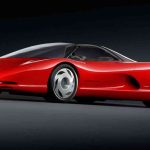
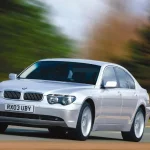
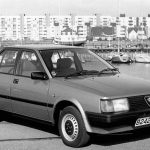

I’ve owned my “Lightning Edition” 2.2 for 12 years and it’s been an utter joy. Huge fun, still looks fresh today and like nothing else on the road. It’s surprisingly easy to live with (once you’ve posted yourself into it) though my tolerance for longer journeys has waned somewhat. It doesn’t get used as much as I’d like but whenever I think about a change a short drive changes my mind, it’s a superb car.
Proud owner of the one VXR son the road!
I always loved the VXT. And very nearly purchased one in 2006. I ended up with a Lotus Europa S, then an Elise S1. It wasn’t until 2020 that I managed to get a low mileage unmodified VXT, Chassis number 7999 . It’s lived up to its promise. Scary fun. Personally I don’t see any need to have more power. Love it as it is!
I’ve had my 220 since 14th March 2001, the first one delivered to a customer in Scotland I was told at the time. I had placed a deposit when the order books opened and waited almost a year for it. It doesn’t do as many miles compared to the early years and I have said that as long as I can clamber in and out of it then I will be keeping it.
VXR220 no:07 still on the road, owned since 2007 and just can’t bring myself to let it go even if it’s not getting the use it should.
Love my VXT, my second one actually. I have always preferred the styling comapred to the Elise, it really does have a special ‘presence’ on the road, especially with aftermarket suspension. The rarity and the different way the power is delivered afforded by the turbo are a bonus too.
Have owned my 2.2 supercharged since early 2012….screams like a banshee.
There was a company in the US transplanting stage tuned Honda Type R block’s into these (opels? Over that side) and Elise’s but I think it kind of misses the point of a well balanced track car, but maybe that’s the difference between US and UK cars.
I can never understand why it was not liked. Superb styling with individuality. Ask anyone who is not if the Vauxhall era snobbery ilk, and they will admire it’d looks.
A friend had three VX220, blue, black and yellow, and one VXR220, over ten years, loved everyone of them. Swapped the VXR for an Audi R8…that’s another wonderful car!
Love my VX220 supercharged by the well known Courtenay team in Norfolk. They know these cars inside out and gave me a very smooth power line. 250 hp.
Rite on
I love my vx220 turbo l will never sell it it a keeper. 4 my son when he.s 18years old
I love my vx220 turbo l will never sell it it a keeper. 4 my son when he.s 18years old